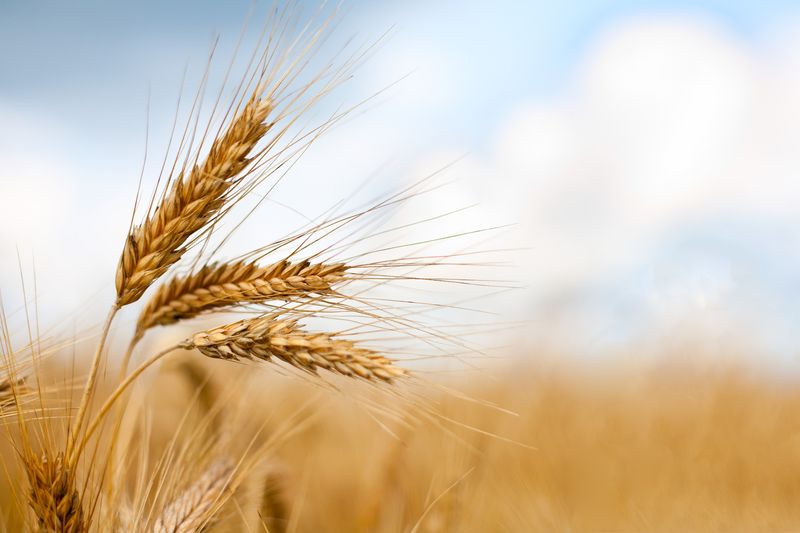Indonesia restricted palm oil exports for six months
28 January, 2022 at 14:01
Indonesia’s Ministry of Trade has restricted crude palm oil exports for six months in order to curb domestic prices, UkrAgroConsult reports.
The volumes intended for export will have to be mandatorily declared to obtain permit. In addition, the suppliers will be obliged to report to the Indonesian authorities how much crude palm oil they are going to sell in the domestic market.
On January 19, the government of Indonesia set a ceiling price for all vegetable oils at IDR 14,000 (98 cents) per liter. The government will compensate the price difference to vegetable oil producers.



